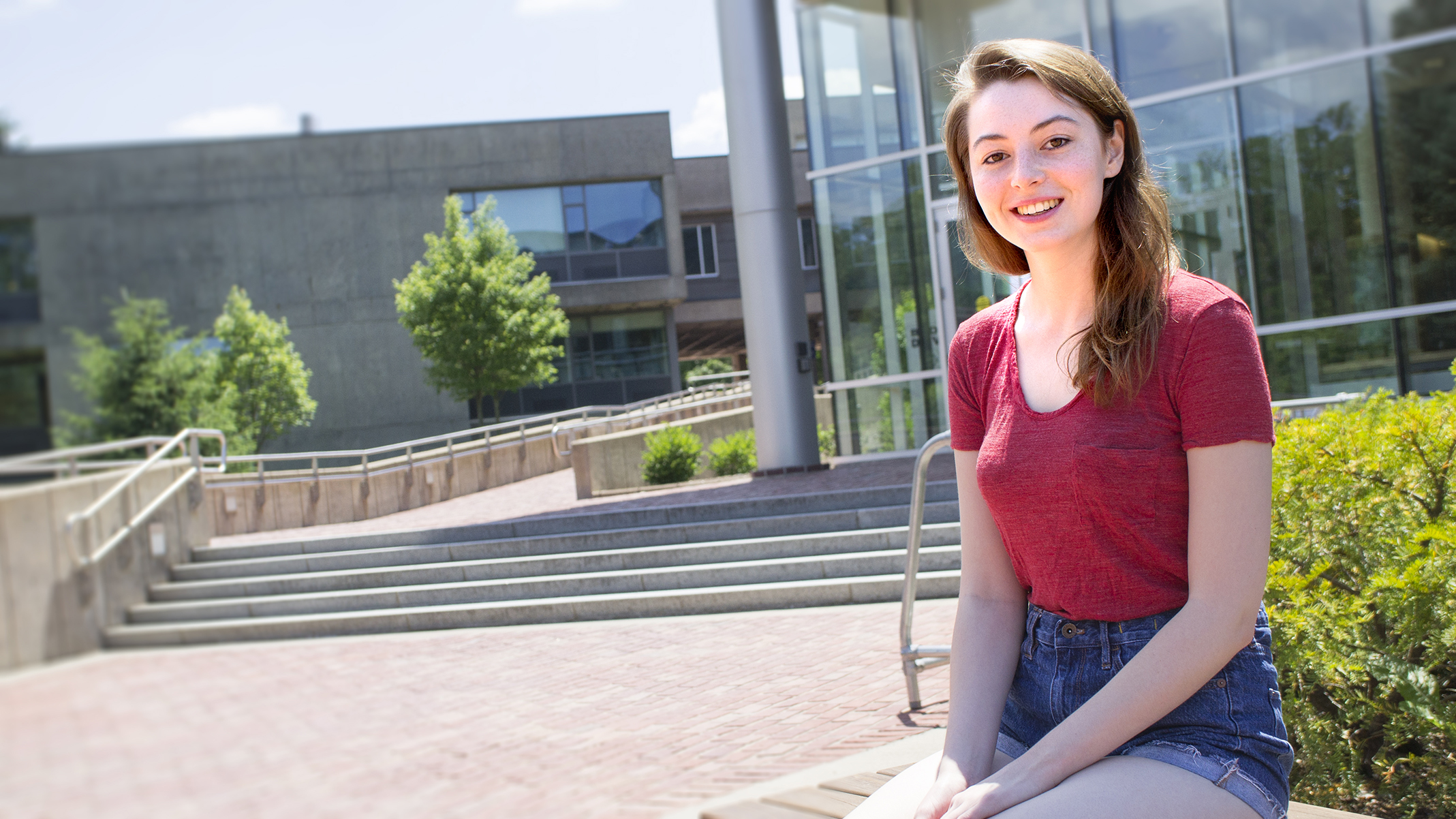
In 2011, during its 50th season, the Syracuse Symphony Orchestra (SSO) declared bankruptcy. The SSO’s dissolution upset many members of the Central New York community, especially the musicians and patrons who for the last half-century had treasured the SSO’s talent and presence. Unfortunately, the SSO’s collapse is representative of a national decline in live orchestral performance.
However, in the months following the SSO’s bankruptcy, many former SSO musicians banded together to form Symphoria, a self-governing symphony orchestra. Members of Symphoria cooperatively operate and hold financial stake in the orchestra. This summer, Sophia Millman ’16 is examining this pioneering model of orchestral governance with Associate Professor of Music Heather Buchman in their Emerson project titled, “If Music Be the Food of Love, Play On: Is There a Future for Live Orchestral Performance?”
According to Millman, only a few symphonies nationwide have implemented this cooperative model, so it is not well tested. Millman hopes to analyze how Symphoria functions, giving special attention to the managerial components of the operation: “I’m examining the new ways in which Symphoria’s musicians are involved in the day-to-day management of the symphony, collaboratively directing its operations and making joint financial and artistic decisions. I am particularly interested to learn how the musicians’ stake in the organization as equal ‘shareholders’ changes their relationship to the orchestra, which traditionally was structured along strict hierarchical lines,” she explained. This analysis will hopefully show whether this model is sustainable and could offer a suitable alternative to bankruptcy for other struggling symphonies.
Millman also hopes to explore Symphoria’s role as a cultural institution, furthering musical traditions in the surrounding community and educating students at local schools and colleges: “I am interviewing musicians in Symphoria and the symphony’s audience members in order to understand the role it plays in its local community, as well as our campus community at Hamilton. Drawing upon my interviews, and my own personal experiences performing in and attending symphony concerts, I plan to create a journalistic portrait of Symphoria.”
Millman, an English major, hopes to begin a career in journalism after graduating from Hamilton. This project has given her experience in a journalistic context as she has had to learn how to conduct and document personal interviews with the goal of eventually producing a piece of writing about Symphoria.
But besides her interest in journalism, Millman appears drawn to this project by her own love for musical performance. A violist herself, Millman has performed in orchestral groups for the last 10 years. Through her tenure with the Hamilton College Orchestra she has met many members of Symphoria, who helped inspire this project. As she noted, “There is a vast literature devoted to famous classical soloists, but there is a decided gap when it comes to literary profiles of ‘rank-and-file’ orchestral performers—the largely unsung heroes and heroines without whom symphonic music would be impossible.” Millman hopes these ‘unsung heroes and heroines’ will continue performing, the feasibility of which may very well hinge on the new organizational model practiced by Symphoria.
Sophia Millman ’16 is a graduate of Kingston High School (N.Y.)
